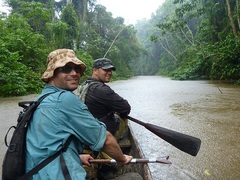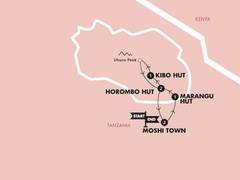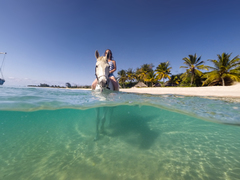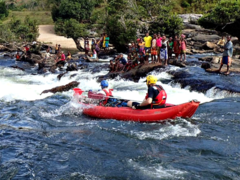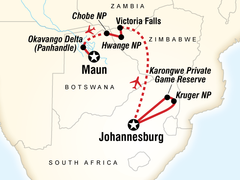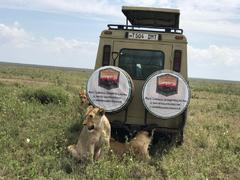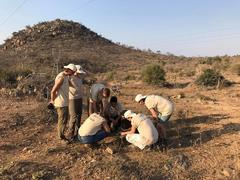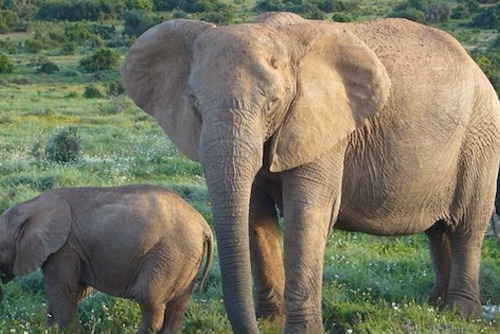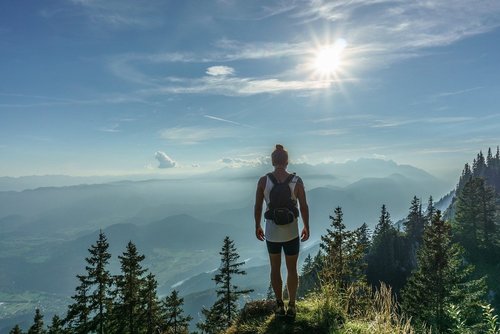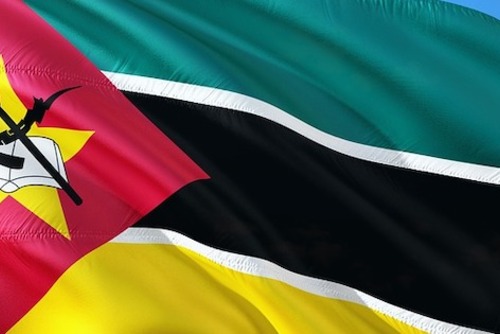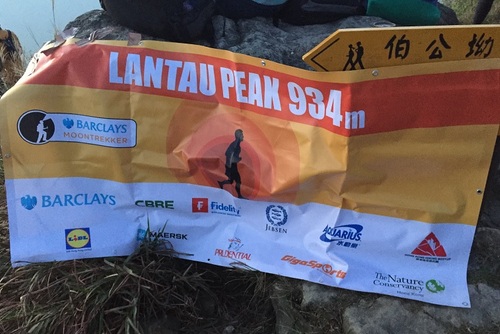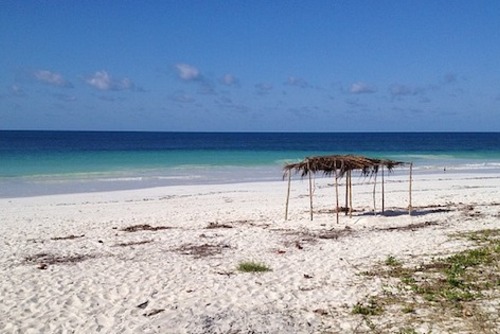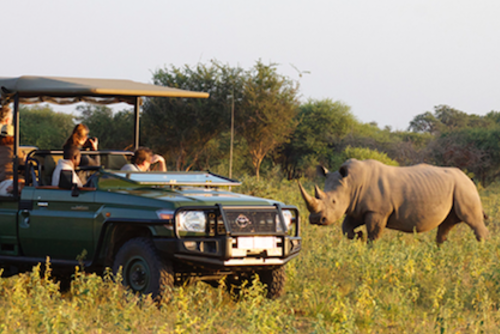The Manda Wilderness Community Trust was founded as a part of the Manda Wilderness Project, an innovative venture inspired in the wake of a brutal civil war. The Project combines responsible tourism, grassroots practical help for isolated agrarian villages and a last chance to protect a pristine corner of real Africa. It aims to support conservation and community development through the engines of an eco-tourism project (Nkwichi Lodge) and a UK-based charity (The Manda Wilderness Community Trust).
As the first initiative of its kind in a region of extreme poverty, the Project was created to address the needs of the local Nyanja communities. It aims to:
- Put control of one of Africa's last true wildernesses into local hands
- Improve local livelihoods through employment, trade and business mentorship
- Develop local villager's skills to the point the Project can be handed over to them
The Manda Wilderness Community Trust (MWCT) partners with over 20,000 people in sixteen villages spread over an area of 250,000 hectares. The villagers themselves identify what they want to pursue, undertake certain tasks and provide some raw materials such as bricks and timber. The Trust then provides logistical support and/or additional materials to ensure the success of the project.
The Manda Wilderness Community Trust, founded in 2005, connects some of the least supported communities in an isolated corner of Mozambique to engage in sustainable development projects; to support community events that provide training and foster unity in the region; and to lead conservation in one of Africa's last true wildernesses, working at the pace of the local communities and encouraging active collaboration with the goal of improving their today and giving hope for their tomorrow.
The Manda Wilderness region lies in the remote Lago District of Niassa Province, northern Mozambique. The civil war from 1976 to 1992 meant that most of the local people relocated to Malawi or Tanzania, only returning home in the early 1990s. For those who did return, it has been to a life of poverty and limited prospects. Most people survive on less than 100 USD per year, relying; on subsistence farming, fishing, hunting, harvesting (firewood, bamboo, hardwood and grass) and on some petty trade. Infrastructure and communications are extremely limited (with fewer than seventeen kilometers of paved roads in an area that covers over 6,400 square kilometers). Educational and health services are rudimentary and there are very few formal employment opportunities.


